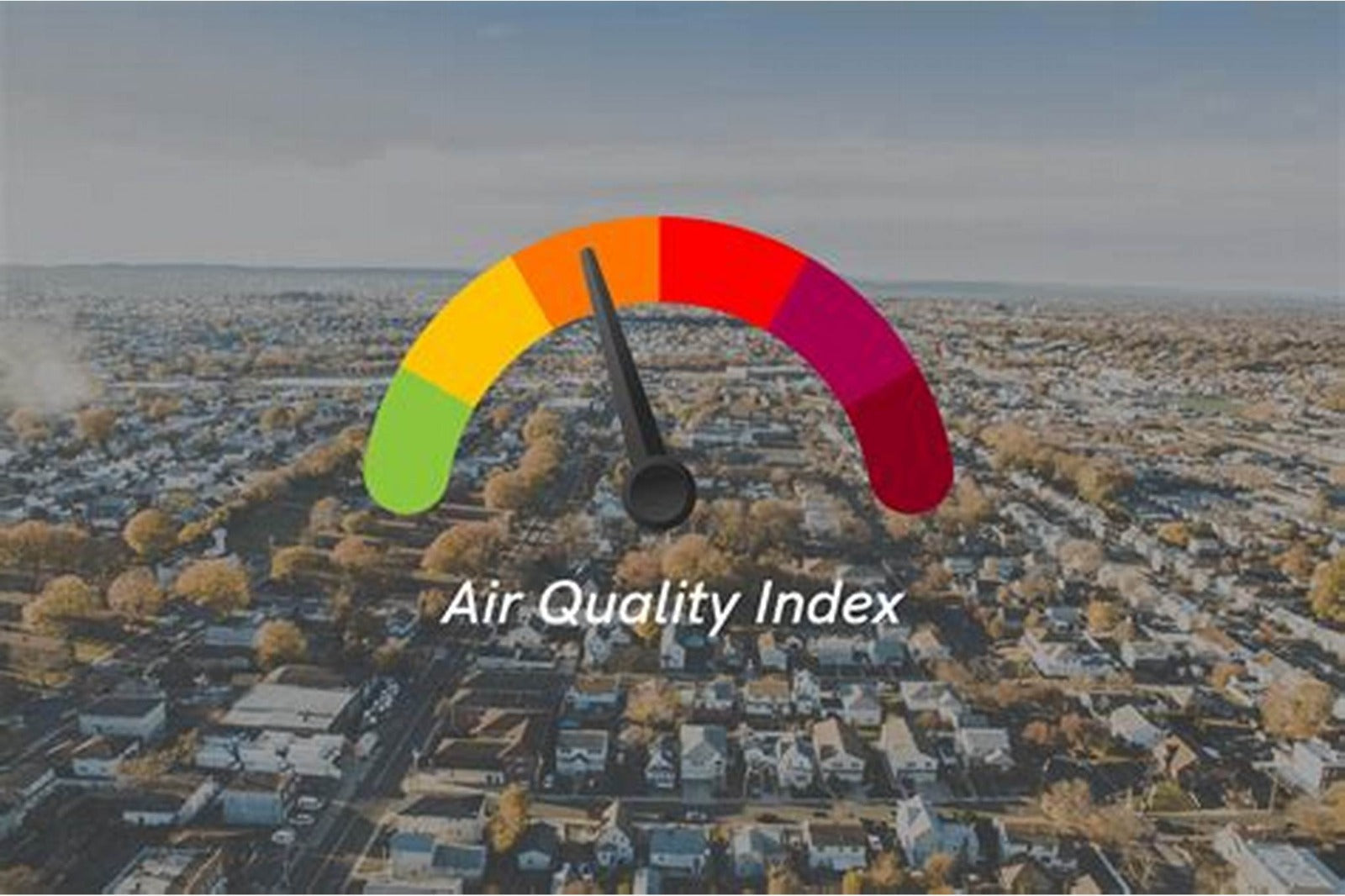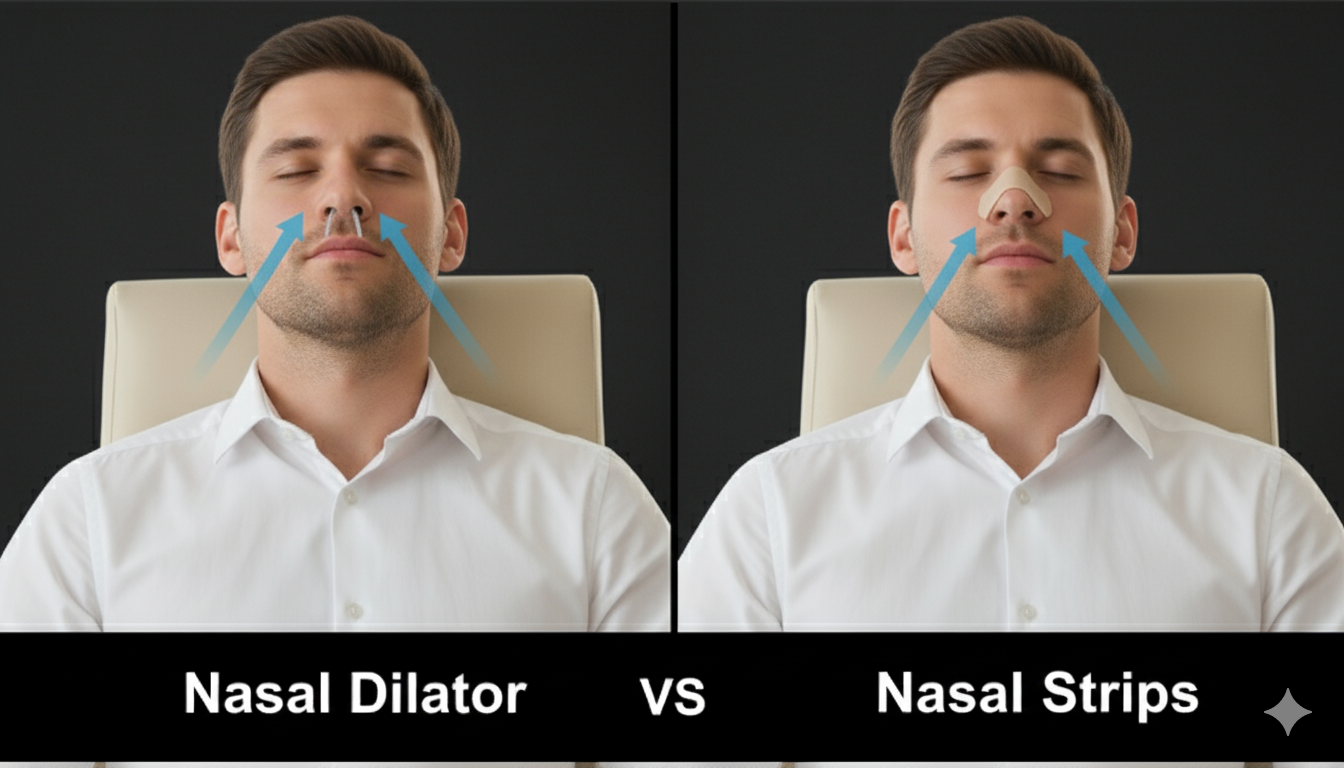Every breath you take could be affecting your health more than you realize. With smoggy skylines, choking traffic fumes, and rising pollution levels, the air we breathe is not as safe as it once was. But how do we measure how bad the air really is? That’s where the Air Quality Index (AQI) comes in. It’s a simple yet powerful tool that helps us understand air pollution levels, assess health risks, and take necessary precautions. Whether you’re planning outdoor activities or wondering if the air inside your home is safe, knowing how to interpret AQI levels is crucial.
Air pollution is a growing global concern, affecting millions of people daily. The Air Quality Index (AQI) is a standardized system used to measure and report air pollution levels. With increasing industrialization, vehicle emissions, and environmental changes, understanding AQI is crucial for making informed decisions about outdoor activities, health risks, and pollution control measures.
What is AQI and How is it Calculated?
The Air Quality Index (AQI) is a numerical scale that represents the concentration of pollutants in the air. The higher the AQI, the more polluted the air and the greater the potential health risks.
Pollutants Measured in AQI
The AQI takes into account several key air pollutants:
-
PM2.5 & PM10 (Particulate Matter) – Fine dust and pollutants that penetrate the lungs and bloodstream.
-
Nitrogen Dioxide (NO2) – Emitted from vehicles and industries, leading to respiratory issues.
-
Sulfur Dioxide (SO2) – Released from burning fossil fuels and industrial emissions.
-
Carbon Monoxide (CO) – A toxic gas produced by incomplete combustion in vehicles and factories.
-
Ozone (O3) – Formed by chemical reactions between pollutants under sunlight, causing lung irritation.
Understanding AQI Levels & Their Health Risks
The AQI is divided into different levels, each indicating the severity of air pollution and its effects on health:
-
0-50 (Good): Air quality is considered satisfactory, and pollution poses little or no risk to the general population.
-
51-100 (Moderate): Air quality is acceptable, but sensitive individuals may experience mild discomfort, especially those with existing respiratory conditions.
-
101-200 (Unhealthy for Sensitive Groups): People with asthma, the elderly, and children may begin to experience health effects, though the general public is not likely to be affected.
-
201-300 (Unhealthy): Everyone may start experiencing adverse health effects, with increased breathing difficulties and irritation in the respiratory tract.
-
301-400 (Very Unhealthy): Exposure to air at this level can lead to significant health effects, increasing the risk of lung and heart diseases.
-
401-500 (Hazardous): This is a critical pollution level where the entire population is at risk, with severe health consequences even for those who are otherwise healthy.
How Bad is India’s AQI?
India has some of the worst air pollution levels globally, with Delhi, Mumbai, and Kolkata among the most polluted cities.
Alarming Statistics on India’s AQI
-
In 2023, 22 of the world’s 30 most polluted cities were in India (IQAir Report).
-
Delhi’s AQI often exceeds 400+ during winter months, posing serious health risks.
-
The average AQI in major Indian cities frequently falls into the “Unhealthy” or “Very Unhealthy” categories.
-
PM2.5 levels in Indian metros are 10-15 times higher than WHO’s safe limits.
-
Based on the PM2.5 levels recorded in these cities of India in 2024, each resident effectively smoked the equivalent of these many cigarettes without actually smoking any
Factors Contributing to Poor AQI in India
Major Causes of High AQI Levels:
-
Vehicular Emissions – India has over 300 million vehicles, releasing toxic pollutants.
-
Industrial Pollution – Factories emit PM2.5, SO2, and NO2, worsening urban air quality.
-
Crop Burning – A major cause of extreme pollution spikes, especially in Delhi and North India.
-
Construction Dust – Rapid urbanization generates high levels of airborne dust.
-
Weather Conditions – Winter fog and temperature inversion trap pollutants near the ground.
How to Protect Yourself from High AQI Levels
Taking proactive measures can help reduce exposure to harmful pollutants and protect respiratory health.
-
Monitor daily AQI levels using weather apps and government air quality indexes.
-
Avoid outdoor activities when AQI crosses 200+ (Unhealthy category).
-
Use portable air purifiers coupled with N95/N99 masks to filter out harmful pollutants and ensure cleaner breathing air.
-
Keep indoor air clean with air-purifying plants and proper ventilation.
-
Support pollution control policies to encourage cleaner energy and transport solutions.
The Need for Cleaner Air in India
India’s declining air quality is a major public health crisis, requiring urgent action. By understanding AQI levels, health risks, and prevention strategies, individuals can make informed choices to minimize exposure and advocate for cleaner air.
Governments, industries, and citizens must work together to implement cleaner technologies and stricter pollution control measures for a healthier future.
✅ Stay informed, check AQI regularly, and take steps to breathe cleaner air!






Share:
People Accept Pollution as Part of Life. Do You?
Understanding PM2.5 & PM10: The Hidden Dangers of Air Pollution on Your Health